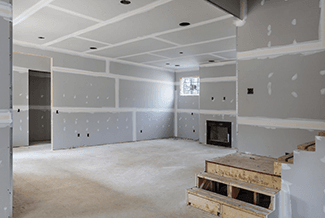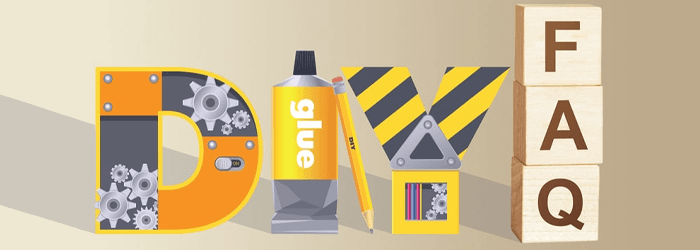Tips For Hanging Drywall
Hang Ceiling Drywall First
When hanging drywall, always hang the ceiling first. This is the hardest drywall to hang, so get a partner and go slow. Large cracks due to misaligned sheets are hard to repair because the extra mud required to fill them will constantly fall out and drop to the floor (or worse, down the back of your neck!).
Hang The Walls Next

When hanging the drywall on the walls, always hang the top sheet first. Raise a sheet tight to the ceiling and secure it with a drywall nail at the top and bottom at each stud. Complete the top row throughout the room before proceeding to the bottom.
Measurements
When hanging the bottom sheet, cut the drywall to fit around electrical j-boxes and plumbing rough-ins. Measuring from left to right, determine (to the nearest 1/8 inch) the horizontal measurements on the wall to the box location. Pulling from left to right, mark the exact location on the top edge of the drywall. Using a four-foot drywall square and a pencil, transfer these marks to the face of the drywall. For your vertical dimensions, do not measure up from the floor. Instead, measure down from the bottom of the drywall that you have already hung. Transfer this measurement, measuring from the top down. You should now have a layout of the material to remove using a drywall keyhole saw, cut the drywall on your lay-out marks to accommodate the junction box.
Before laying the drywall against your wall, mark on the sub-floor the locations of each stud. This will make the nailing or screwing of the drywall much easier. Set your bottom sheet along the wall and lift it to fit snugly against the bottom edge of the top piece of drywall that you have already hung. For this lifting process, a wallboard kicker is extremely helpful.
Now that the sheet is tight and fits your junction box, use drywall nails to attach the drywall at the top and bottom of each stud.
###















